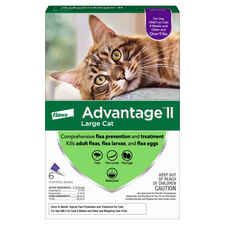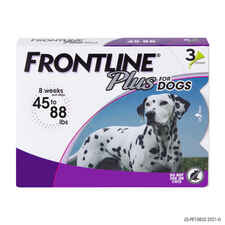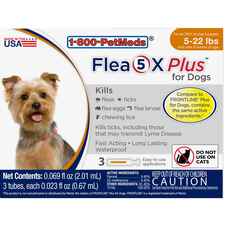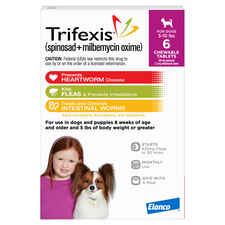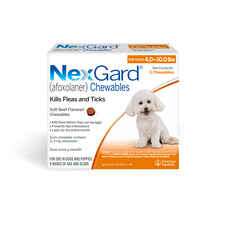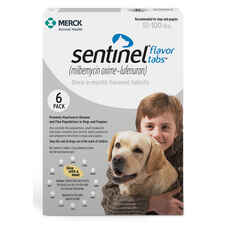How to Apply Flea and Tick Medication
Doctor of Veterinary Medicine

While efforts are made to answer all questions as quickly as possible, if an immediate answer is required or if your pet is in need of urgent or emergency care, contact your pet's veterinarian immediately.
Doctor of Veterinary Medicine

You will receive an answer from Dr. Lindsay and our vet/tech team as soon as possible, usually the same day.
All answers are provided for informational or educational purposes only, and are intended to be a supplement to, and not a substitute for, the expertise and professional judgment of your pet's veterinarian.
It may be necessary to consult your pet's veterinarian regarding the applicability of any opinions or recommendations with respect to your pet's symptoms or medical condition.
CloseDoctor of Veterinary Medicine

An error has occurred, please reload the page and try again.
CloseWhile efforts are made to answer all questions as quickly as possible, if an immediate answer is required or if your pet is in need of urgent or emergency care, contact your pet's veterinarian immediately.
There is no answer related to your question
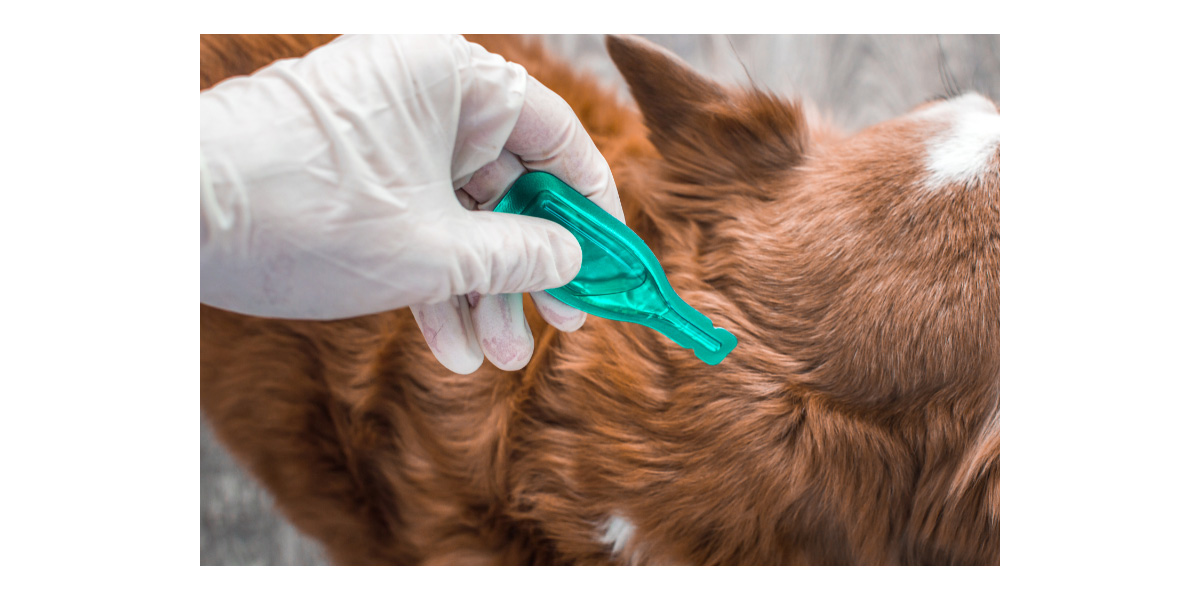
- Touch your pet's skin with the applicator tip. Don't put the applicator tip in the coat hair, because hair cannot absorb the product.
- You can slide the applicator under the hair (rather than parting the hair with your fingers) if you are sure the applicator touches the skin.
- Apply along your pet's back where your pet cannot reach.
- You can apply to one spot or several spots (depending on the product and your pet's weight)
- For some pets it is helpful to apply both above and below the collar.
- For flexible cats, apply at the base of the skull rather than along the back. If your cat can lick it off, the solution won't work and your cat may get sick.
- Do not rub the tick or flea product in.
- Keep your fingers away from the applicator tip so that your pet, and not you, receives the dose.
- Squeeze the tube entirely empty.
- Praise your pet for sitting still.
Before applying flea and tick products
Flea and tick control products for dogs and cats work best when they are applied to healthy skin. If your pet's skin is dry, thick, and unhealthy, the solution will not be carried through the epidermis as it should.
To help maintain your pet's skin health, ensure your pet is on a healthy diet. If your dog is on a kibble-only diet, consider incorporating canned dog food. Ideally, cats should also be fed a canned diet to avoid urinary tract infections and problems. In addition, supplementing with Omega 3 fatty acids and flaxseed oils can also improve skin and coat health.
Oral flea control products
Although many popular flea treatments are applied to the skin, there are also a few popular oral flea treatments, such as Capstar, Comfortis, and Trifexis. Speaking with your veterinarian about which flea control product is best for your pet can help you to decide. Or, visit our Flea Prevention category and use our Select & Compare option to compare the benefits of up to 3 products.
 Swipe
Swipe






















